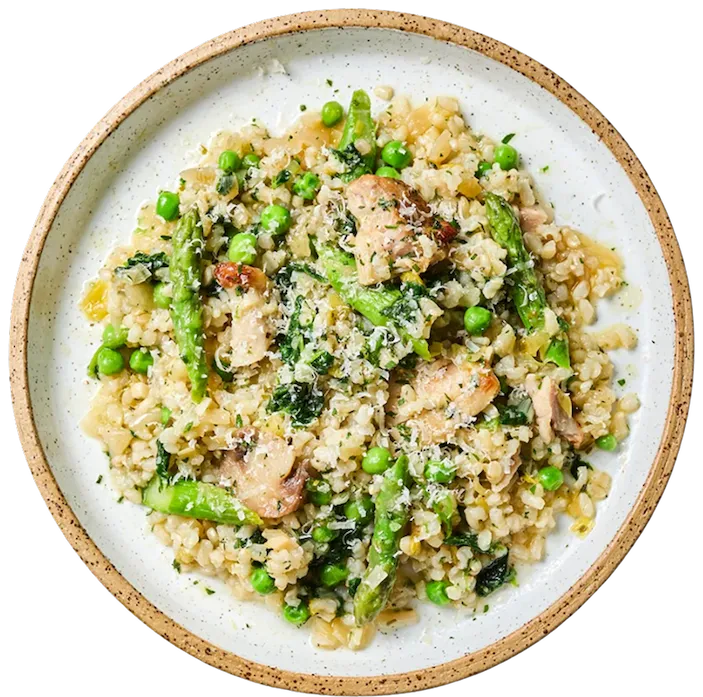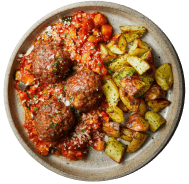5 Tips for Successful FODMAP Reintroduction
Can I Ever Eat High FODMAP Foods Again?
A low FODMAP diet is one of elimination, where at first all high FODMAP foods are removed from the diet. To help your diet return to normal, it is then recommended to reintroduce high FODMAP foods back in one by one to pinpoint which cause symptom flare-ups. It In this guide, we offer practical tips on adding your favourite higher FODMAP foods back in without getting symptom flare ups.
If you've been feeling better on a low FODMAP diet, it's likely that some high FODMAP foods are causing your symptoms. The next step, FODMAP reintroduction, helps pinpoint which ones affect your gut.
During this stage, you'll reintroduce one type of FODMAP back into your diet at a time while keeping track of your symptoms. By the end, you'll know which FODMAP foods trigger your symptoms and which you can eat comfortably.
Reintroduction might feel overwhelming, but with the right support, you can find your triggers, reintroduce foods, and enjoy a balanced diet with ongoing symptom relief.
Here are some tips for successful reintroduction:
Get support from a FODMAP dietitian: Get support from a FODMAP dietitian: Reintroduction can be confusing, so it's helpful to get guidance from a dietitian. They can help you follow the process correctly, interpret your results, and troubleshoot any issues.
Don't delay due to worries over symptoms: If you're concerned about symptoms worsening during reintroduction, remember that research shows more than half of the challenged foods are tolerated. If you do experience symptoms, you'll stop and wait for them to settle before moving on.
Be prepared to stay low FODMAP for another two months: During the reintroduction phase you’ll continue eating a low FODMAP diet. The only difference in your meals will come from adding a serving of a high FODMAP food from the group you are testing.
Stay flexible: Reintroduction can take 6-10 weeks. You may want to eat out, attend a social event or go on holiday during this time, so remember that you can build in breaks between challenges if needed. Ask your dietitian for advice.
Keep other triggers to a minimum: On challenge days, try to avoid other potential triggers like caffeine, alcohol, or stressful situations to ensure clear results. If you’ve got a hectic day coming up, you can skip the challenge that day.
Keep a detailed record: You'll use your reintroduction results to move on to stage 3 - personalisation. Keeping clear records of your challenges and results is essential for progressing to this final long-term stage.
Looking for convenient low FODMAP meals to support your reintroduction? Check out our IBS-friendly collection below.
related content
more content: Ibs + Low Fodmap
browse our ranges.
choose from one of our ranges or personalise your own menu from 60+ meals.
- low FODMAP

- eat well, live well programme

- gluten free

- high protein

- weight management

- ibs

- lowest calorie

- lower carbs

- mediterranean

- smaller range

- pcos

- lean + lighter

- menopause

- heart healthy

- plans

- full menu

- gift cards
- take the quiz